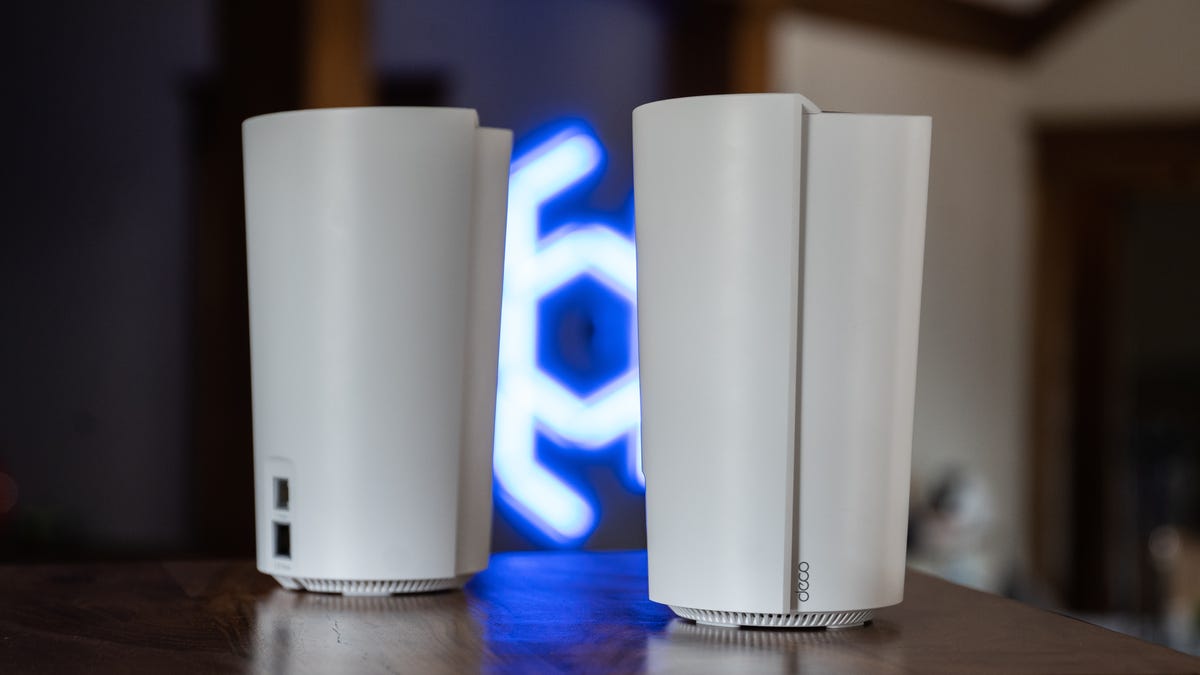Prepare Yourself: Emergency Alert Test Is Happening Nationwide Next Week

A test of the nationwide alert system will see your phone, TV and radio receive emergency messages next week. The US Federal Communications Commission and Federal Emergency Management Agency are trialing their US-wide emergency alert systems on Oct. 4.
The Wireless Emergency Alerts, or WEA, system for phones is being tested at the same time as the Emergency Alert System, or EAS, for TVs and radios. It’s the seventh nationwide EAS test and the second test to all cellular devices in the US.
Here’s everything you need to know about the test next week.
What to know about the emergency alert test
At around 2:20 p.m. ET/11:20 a.m. PT on Wednesday, Oct. 4, cell towers will begin broadcasting the emergency alert for 30 minutes. If your phone is in range of a cell tower, you’ll get a message that says: “THIS IS A TEST of the National Wireless Emergency Alert System. No action is needed.”
The emergency alerts will be in English or Spanish, depending on your phone’s set language. The phone alerts will be “accompanied by a unique tone and vibration” to make them as accessible as possible.
The alert sent on TVs and radios will last for 1 minute and will state: “This is a nationwide test of the Emergency Alert System, issued by the Federal Emergency Management Agency, covering the United States from 14:20 to 14:50 hours ET. This is only a test. No action is required by the public.”
If a severe weather or other event occurs on Oct. 4, the test will be postponed until Oct. 11.
What kind of events trigger emergency alerts?
These are the types of WEA and EAS alerts that could be sent to you in nontest situations:
- Public safety alerts.
- AMBER alerts during child-abduction crises.
- Presidential alerts in case of national emergencies.
There are also alerts sent for imminent threats such as:
- Extreme weather and natural disaster alerts from the National Weather Service, like flash floods, tornados, tsunamis, severe thunderstorms, hurricanes, typhoons, storm surges, extreme wind, dust storms and snow squalls.
- Active shooters.
- Human-made disasters.
- Blue Alerts for when law enforcement officers are attacked.
- Other threatening emergencies.
WEA messages are unaffected by network congestion.
Source: CNET













